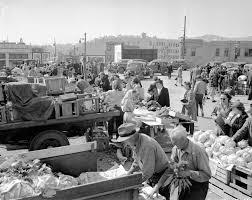History Of Farmers Markets
>>> Download Here <<<
Farmers markets have been a staple in communities for centuries, dating back to ancient times when people would gather to buy and sell their goods. These markets served as a vital source of food for local residents and provided farmers with a way to connect directly with their customers. In medieval Europe, farmers markets became more organized as towns and cities began to regulate trade. Market days were established, where farmers would come from the surrounding countryside to sell their produce, livestock, and other goods. These markets were essential for ensuring that communities had access to fresh, local food. As cities grew and industrialization took hold, farmers markets began to decline in popularity. However, in recent years, there has been a resurgence of interest in buying local, sustainable food. Farmers markets have once again become a popular way for consumers to connect with farmers and producers in their area. Today, farmers markets can be found in cities and towns all over the world. They offer a wide variety of products, including fruits, vegetables, meats, cheeses, baked goods, and artisanal products. Many markets also feature live music, cooking demonstrations, and other events to create a vibrant community atmosphere. The history of farmers markets is a testament to the importance of supporting local agriculture and sustainable food systems. By shopping at farmers markets, consumers can not only access fresh, healthy food but also support small-scale farmers and producers in their community. Farmers markets are a cherished tradition that continues to thrive in the modern world.


